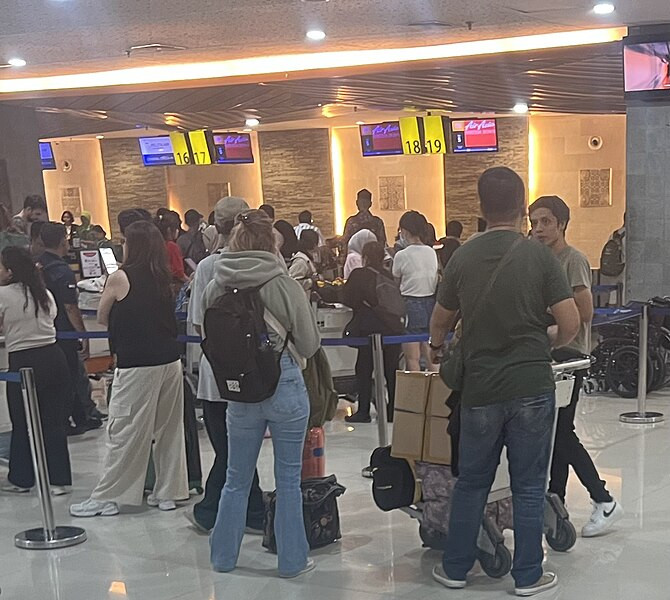A major technology outage on Friday led to widespread disruptions across various sectors, grounding flights, crashing payment systems, and blocking access to critical Microsoft services. The root cause of this global IT failure was traced back to a malfunctioning update from cybersecurity firm CrowdStrike, specifically in its Falcon Sensor software.
CrowdStrike, an American cybersecurity company founded in 2011 and based in Austin, Texas, has quickly become a leader in the industry. Known for its cloud-based security services, CrowdStrike protects 538 out of the Fortune 1000 companies. Despite its strong reputation, a recent update to its Falcon Sensor software caused systems running Windows to crash, resulting in one of the largest IT failures in history.
The issue began when CrowdStrike pushed an update to its Falcon Sensor, a piece of software designed to prevent cyber attacks. This update, however, malfunctioned, leading to widespread blue screen errors on Windows computers. A blue screen of death (BSOD) is a critical error that forces the computer to halt its operations and display a blue screen with an error message. This glitch caused major disruptions worldwide, affecting numerous industries and services.
George Kurtz, CEO of CrowdStrike, quickly issued an apology and explanation for the outage. "This is not a security incident or cyberattack. The issue has been identified, isolated, and a fix has been deployed," Kurtz stated on Twitter. He urged customers to check the support portal for the latest updates and reassured them that CrowdStrike was working diligently to resolve the issue.
The fallout from the malfunction was extensive. Major airlines such as Delta, American, Ryanair, and United Airlines experienced grounded flights due to communication failures. Health services, banks including Chase, Wells Fargo, and TD Bank, and even electronic payment systems in supermarkets were affected. The outage also disrupted major platforms like Amazon Web Services, Microsoft 365, Azure, Instagram, eBay, Visa, and AT&T.
Adding to the chaos, a concurrent outage in Microsoft's Azure cloud services exacerbated the situation. While Microsoft confirmed that the Azure issues were unrelated to the CrowdStrike malfunction, the compounded effect highlighted the vulnerabilities in interconnected global IT systems. Microsoft's CEO, Satya Nadella, acknowledged the issue and emphasized the company's commitment to working with CrowdStrike to support affected customers.
The core of the problem lay in the update to CrowdStrike's Falcon Sensor software, which interacts with other parts of computer systems, including Microsoft's Windows products. When the update malfunctioned, it caused a bugcheck or BSOD error, leading to system crashes. While the issue was isolated to Windows machines, the widespread use of CrowdStrike's software in large businesses and institutions magnified the impact.
To address the problem, CrowdStrike recommended a manual fix for affected systems. System administrators were advised to boot Windows into Safe Mode or the Windows Recovery Environment, navigate to the CrowdStrike directory, and delete a specific file causing the error. This process is necessary because many systems entered an endless boot loop, preventing automatic updates from being applied.
Kurtz admitted that full recovery might take some time, especially for systems that do not automatically recover. He reassured users that CrowdStrike's engineering teams were fully mobilized to ensure the security and stability of their systems.
The incident underscores the critical importance of rigorous testing and contingency planning for software updates. It also highlights the interconnected nature of modern IT infrastructure, where a single point of failure can have cascading effects on global operations. As businesses and institutions work to restore normal operations, the CrowdStrike outage serves as a stark reminder of the potential risks associated with cybersecurity and IT management practices.
Looking ahead, affected organizations are encouraged to maintain open communication with CrowdStrike and follow the company's guidance for system recovery. The incident will likely prompt a reevaluation of cybersecurity measures and IT management strategies to prevent similar occurrences in the future.






